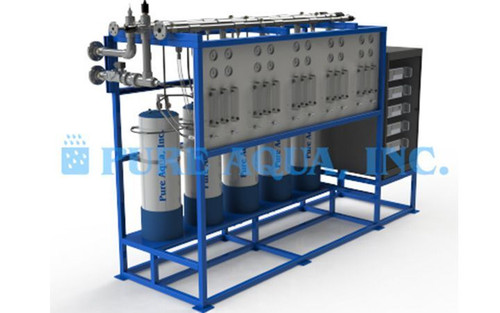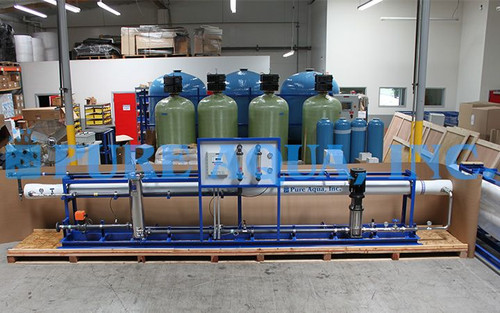Good quality water is the most essential components for successful experiments in laboratories due to water’s usage in cleaning and preparing various solutions. Without the incorporation of high quality water, few tests, reactions, or experiments would even be possible. Due to its water’s advantageous physical and chemical characteristics, such as its ability to dissolve more substances than any other liquid, it is deemed as the universal solvent. Furthermore, a huge number of biochemical reactions can only transpire within water solutions.
[custom-specifications]
Laboratory water purification systems deliver pure, continuous, and alternative source of water important for many laboratory experiments. While tap water may be somewhat effective, it brings along five kinds of pollutants which are highly likely to be harmful to laboratory tasks. These pollutants include, organics, bacteria, gases, particulates, and inorganic ions. The most widely used water purification systems for laboratory application are ion exchange systems, reverse osmosis and ultraviolet radiation.
[/custom-specifications]
[custom-features]
Point Of Use Water Treatment Systems
Our ion exchange systems use water demineralization and deionization to eliminate unwanted ions and substitute them with desirable ions. These ion exchange systems are efficient in producing consistently clean water for laboratory use through regeneration by deionization using acid and bases. Ion exchange systems are also very cost-effective water purification solution and can be used for other applications such as car washing, pharmaceutical, food & beverages, etc.
REVERSE OSMOSIS
Reverse osmosis systems work by sending water under high pressure through layers of semipermeable membranes which filters out unwanted minerals and microorganisms from the feed water. Generally, RO systems utilize pre-filtration to absorb larger contaminated fragments such as chlorine and depend on the membranes to remove smaller contaminants.
Ultraviolet systems are incorporated in industrial and commercial applications due to its simple, effective and environmentally safe production of ultra pure water. UV water treatment works by routing the feed water through ultraviolet lights before it ultimately is discharged from the tap. The UV disinfection light must be at the perfect wavelength in order to eradicate microbes that are present in drinking water. It is incredibly effective in eliminating biological organisms such as viruses, bacteria, cysts, protozoans, fungi, etc. Ultraviolet water treatment attains its effectiveness through the high intensity of its UV light and the duration of time the light penetrates the water, including the total amount of material present. The UV light must be maintained properly and replaced periodically or will lose its effectiveness.
[/custom-features]
[custom-usage]
- Easy elimination of inorganic compounds and other contaminants high at the boiling level.
- The approach demands no expensive technology.
- In the bulk of laboratory applications distilled water is perfectly pure.
[/custom-usage]
-
Good information
I love this content!
- Related Project1:
- https://pureaqua.com/mixed-bed-deionizer-for-laboratory-water-treatment-kuwait/
- Related Project2:
- https://pureaqua.com/reverse-osmosis-system-for-laboratory-application-600-gpd-nigeria/
- Related Project3:
- https://pureaqua.com/commercial-ro-water-systems-for-hospitals-2x-15000-gpd-ecuador/
- Related Project4:
- https://pureaqua.com/reverse-osmosis-system-and-deionizing-ion-exchange-system-4500-gpd-el-salvador/
 ENGLISH
ENGLISH ESPAÑOL
ESPAÑOL العربية
العربية PORTUGUÉS
PORTUGUÉS FRANÇAIS
FRANÇAIS













